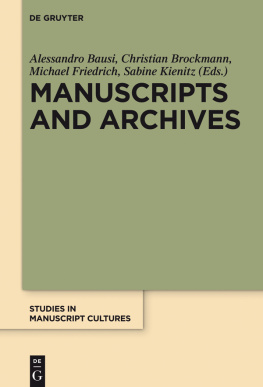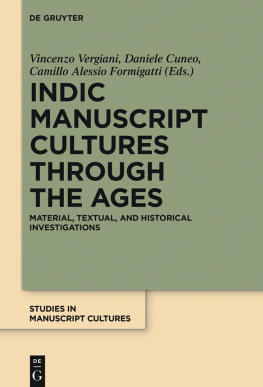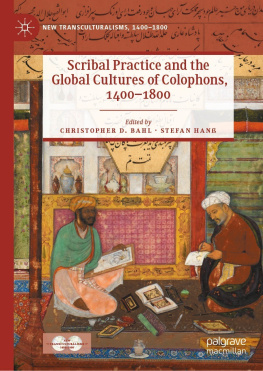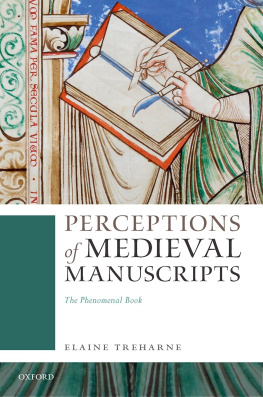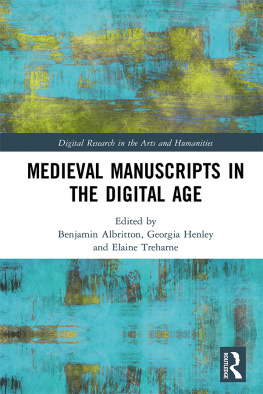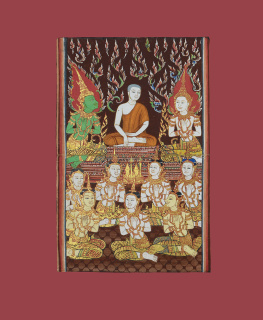Studies in Manuscript Cultures
Edited by
Michael Friedrich
Konrad Hirschler
Caroline Mac
Ccile Michel
Jrg B. Quenzer
Eva Wilden
Volume
ISBN 9783110795233
e-ISBN (PDF) 9783110795271
e-ISBN (EPUB) 9783110795325
Bibliographic information published by the Deutsche Nationalbibliothek
The Deutsche Nationalbibliothek lists this publication in the Deutsche Nationalbibliografie; detailed bibliographic data are available on the Internet at http://dnb.dnb.de.
2022 Nalini Balbir, Giovanni Ciotti, published by Walter de Gruyter GmbH, Berlin/Boston // The book is published with open access at www.degruyter.com.
This work is licensed under the Creative Commons Attribution-NonCommercial-NoDerivatives 4.0 International License.
The Syntax of Colophons
Studies in Manuscript Cultures

Edited by
Michael Friedrich, Konrad Hirschler, Caroline Mac, Ccile Michel, Jrg B. Quenzer and Eva Wilden
Volume 27
The Syntax of Colophons
A Comparative Study across Pothi Manuscripts
Edited by Nalini Balbir and Giovanni Ciotti
The publication of this volume was funded by the Deutsche Forschungsgemeinschaft (DFG, German Research Foundation) under Germanys Excellence Strategy EXC 2176 Understanding Written Artefacts: Material, Interaction and Transmission in Manuscript Cultures project no. 390893796.
ISBN 978-3-11-079523-3
e-ISBN (PDF) 978-3-11-079527-1
e-ISBN (EPUB) 978-3-11-079532-5
ISSN 2365-9696
DOI https://doi.org/10.1515/9783110795271

This work is licensed under the Creative Commons Attribution-NonCommercial-NoDerivatives 4.0 International License. For details go to https://creativecommons.org/licenses/by-nc-nd/4.0/.
Library of Congress Control Number: 2022948391
Bibliographic information published by the Deutsche Nationalbibliothek
The Deutsche Nationalbibliothek lists this publication in the Deutsche Nationalbibliografie; detailed bibliographic data are available on the internet at http://dnb.dnb.de.
2022 with the author(s), editing 2022 Nalini Balbir and Giovanni Ciotti, published by Walter de Gruyter GmbH, Berlin/Boston. This book is published open access at www.degruyter.com.
Printing and binding: CPI books GmbH, Leck
www.degruyter.com
Introduction
Giovanni Ciotti
Hamburg , Germany
Nalini Balbir
SEVRES , France
An eccentric approach to colophons
This volume programmatically sits at the centre of a number of blatant contradictions. First, it studies colophons in a number of written cultures of South, South-East and Central Asia that hardly seem to have a word for colophon. Even when some of these cultures have coined terms that could be translated as such, it is immediately clear that none of them fully overlaps with the term as we inherit it from the European traditions. It is probably worth reflecting upon the fact that among the causes of what looks like a terminological pandemonium is the material realisation of all these paratexts, which in each manuscript tradition and sub-tradition find specific locations in which they are written within the manuscripts, as well as different mises en page, graphic characteristics, etc.
Nevertheless, this volume pushes forward and studies colophons as they emerge from the investigation of manuscripts produced in South, South-East and Central Asia. But how can an indigenous point of view be offered if we operate from a pre-concept vague as it may be of what a colophon is? Albeit this could very well remain an irreconcilable methodological conundrum, we propose to sever the proverbial Gordian knot with a Derridean sword. Instead of centring our investigation and the structuring of our data around an unattainable definition of
Comparative pothi manuscript studies
Inspired by what COMSt (Comparative Oriental Manuscript Studies) has accomplished for the study of the codex in the eastern Mediterranean cultures and beyond, In a way, colophons are our expedient of choice here to set the stage for a more ambitious codicological enterprise.
Before embarking on such an enterprise, we need to dwell a little longer on terminology and spare a few words regarding the terms Indic and pothi.
Indic manuscripts
Unsurprisingly, there is no consensus on the geographical and cultural scope of the term Indic, even if we simply stick to the study of manuscripts. Just to give a couple of examples, Helmut Krasser used it to indicate North Indian manuscripts
Here we go decisively farther and use the term to indicate a broad geographical area that includes South, South-East and Central Asia, despite the high variety of languages, scripts and traditions that characterises their manuscript cultures and, thus, differentiate them from one another. It is nevertheless possible we maintain to define a common ground on the basis of the clear historical and cultural connections within which they emerged and thrived and that finds its roots in the Indian subcontinent, hence our terminological choice. Such commonalities range from the extended trade networks both on land and sea that linked with one another the sub-regions of the areas in question to the spread of various forms of Buddhism, Jainism and Hinduism together with their liturgical, iconographic and literary cultures. In this respect, the roles played by Sanskrit and Pali are of paramount importance as far as the broad and complex cultural phenomena of the Sanskrit and Pali cosmopolises are concerned. The pothi form adds to this list of commonalities and offers therefore a particularly apt point of reference to pursue our comparative agenda.
It goes without saying that the limits of this supposed Indic sphere are not only fuzzy but also porous, with endless connections with other cultural domains, both geo-cultural (Iran/Persia, China) throughout all the regions taken into consideration here.
Pothi manuscripts
A pothi is a stack of folios prominently palm-leaves, paper sheets and birch-bark sheets, but many more materials have been also used crafted in an oblong rectangular shape of different lengths and flipped upward (the writing on the versos would be upside down if the folios were to be flipped sideward). These folios can be placed between two wooden plates and bound by means of threads that run through the hole(s) pierced on their surfaces, as is the case for example for pothis made of palm-leaf and birch-bark. Alternatively, folios can be unbound and the whole stack can be wrapped with a cloth, placed between two wooden plates, or inserted in a paper sleeve, as is typical of pothis made of paper, the surface of which has no holes for inserting threads.
It should be noted that the term pothi is chosen for conveniences sake, for it is widely understood by scholars of different fields as referring to the manuscript form just described. Naturally, each language of the cultural areas here under consideration has words meaning pothi that are either loanwords eventually going back to Sanskrit pustaka/pustik from which, for example, North Indian languages derive poth


